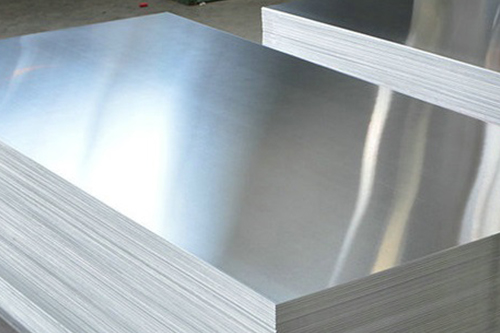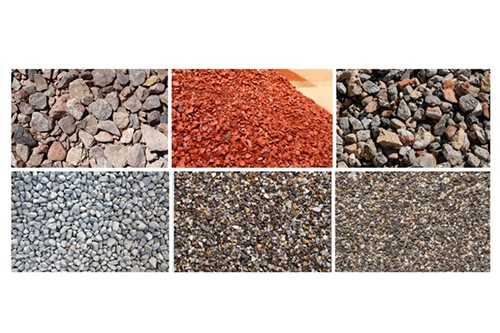ASTM E1149: Key Standards In Electroplating Metals
Introduction to ASTM E1149
ASTM E1149 is a primary standard established by ASTM International that governs the electroplating of metals, providing detailed guidelines to ensure quality, consistency, and durability of metal coatings. The standard specifically focuses on chromium plating but can also be applied to nickel, zinc, and other common plating metals. Electroplating is of critical significance to companies in the automotive and aerospace sectors, electronics, and decorative hardware, where metal coatings ensure corrosion protection, enhance wear resistance, and improve appearance. By following ASTM E1149, manufacturers can produce coatings that meet industry standards, regulatory requirements, and customer specifications.
Importance of ASTM Specifications in Metal Electroplating
ASTM standards like E1149 standardise procedures and quality levels in the electroplating process. They facilitate consistent assessment of plating quality, control of process parameters, and reproducible results. Some of the most important benefits of adhering to ASTM standards include:
•Reduction of Defects: Compliance with standardised procedures reduces defects such as non-uniform plating, pitting, or peeling.
•Enhancing Product Life: Properly applied coatings resist wear and corrosion, thus extending the life of the component.
•Boosting Consumer Confidence: Consistent quality control ensures that products maintain performance levels at all times.
•Acceptance in International Markets: Adherence to ASTM guarantees compatibility in international markets through demonstration of compliance with established quality standards.
Electroplating Processes Covered by ASTM E1149
ASTM E1149 specifies procedures for the most common electroplating processes:
• Chromium Electroplating: Provides corrosion resistance and a bright, decorative finish. Chromium coatings are typically applied to vehicle trim, hardware, and industrial equipment.
• Nickel Electroplating: Enhances hardness, abrasion resistance, and adhesion for multilayers. Typically used as a base coat for chromium plating to provide a hard layer.
• Zinc Electroplating: Protects metals from rusting and atmospheric corrosion, widely utilised in fasteners, vehicle parts, and construction materials.
Each process maintains specific requirements for electrolyte composition, current density, plating thickness, bath temperature, and pH levels so that the final coat is both functional and aesthetically appealing.
Electroplating Metals 101
How It Works
Electroplating is an electrochemical process whereby a thin metal layer is plated onto a substrate using an electric current. Metal ions from the electrolyte solution are reduced at the cathode (the article being plated) and form a uniform coating. The significant process parameters are:
•Current Density: The rate of electric current per unit area, determining the deposition rate and quality of the layer.
•Electrolyte Composition: The chemical type and quantity within the plating solution regulate adhesion, brightness, and uniformity.
•Plating Thickness: Regulates corrosion protection, abrasion resistance, and appearance.
•Temperature and pH: Regulate rates of deposition, surface finish, and bath stability.
Typical Metals Used
•Chromium: Provides corrosion protection, hardness, and reflective finish.
•Nickel: Provides wear resistance and is used as a base coat for multi-metal finishes.
•Zinc: Plating protects steel and iron against oxidation.
•Copper and Silver: Occasionally used for specific applications where conductivity or aesthetic appearance is required.
General Uses of Electroplating
• Automotive: Bumpers, trim, engine parts, and fasteners.
• Aerospace: Aircraft parts requiring corrosion-resistant finishes.
• Electronics: Contacts, connectors, enclosures, and printed circuit boards.
• Industrial Machinery: Gears, tools, and fittings requiring wear resistance.
• Decorative Hardware: Furniture, plumbing components, and consumer products.
Table of Important Parameters in ASTM E1149
|
Parameter |
Description |
Standard Value |
|
Electrolyte Composition |
Specific chemicals used in the plating solution |
As defined in ASTM E1149 |
|
Current Density |
Amount of electric current per unit area |
1-3 A/dm² |
|
Plating Thickness |
Thickness of the metal layer applied |
5-25 microns |
|
Temperature |
Operating temperature of the plating bath |
45-60°C |
|
pH Level |
Acidity or alkalinity of the plating solution |
2.5-4.5 |
For more information, please consult Stanford Advanced Materials (SAM).
Frequently Asked Questions
1. What is the primary application of ASTM E1149?
ASTM E1149 provides standard guidelines for metal electroplating to ensure quality, uniformity, and reliability.
2. Which metals are typically electroplated according to ASTM E1149?
Chromium, nickel, and zinc are the principal metals, with occasional use of copper and silver for specific applications.
3. How does ASTM E1149 improve the electroplating process?
By establishing parameters and procedures, the standard enhances adhesion, uniformity, corrosion resistance, and visual appeal of the plated layers.
4. Is ASTM E1149 applicable to non-metal electroplating?
No, it is specifically designed for metal substrates and coatings.
5. Why is chromium electroplating important to industry?
Chromium plating features superior corrosion resistance, high hardness, and a bright finish, making it essential for both functional and aesthetic applications.
6. What guidelines are effective for conforming with ASTM E1149?
Clean substrates, accurate electrolyte composition, uniform current density, controlled bath temperature, and frequent monitoring contribute to repeatable, high-quality results.

 Bars
Bars
 Beads & Spheres
Beads & Spheres
 Bolts & Nuts
Bolts & Nuts
 Crucibles
Crucibles
 Discs
Discs
 Fibers & Fabrics
Fibers & Fabrics
 Films
Films
 Flake
Flake
 Foams
Foams
 Foil
Foil
 Granules
Granules
 Honeycombs
Honeycombs
 Ink
Ink
 Laminate
Laminate
 Lumps
Lumps
 Meshes
Meshes
 Metallised Film
Metallised Film
 Plate
Plate
 Powders
Powders
 Rod
Rod
 Sheets
Sheets
 Single Crystals
Single Crystals
 Sputtering Target
Sputtering Target
 Tubes
Tubes
 Washer
Washer
 Wires
Wires
 Converters & Calculators
Converters & Calculators
 Write for Us
Write for Us
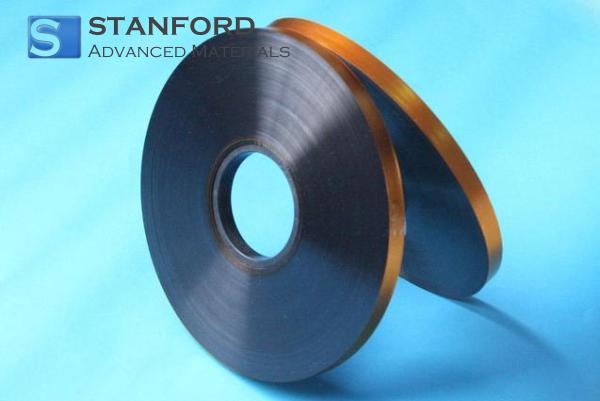
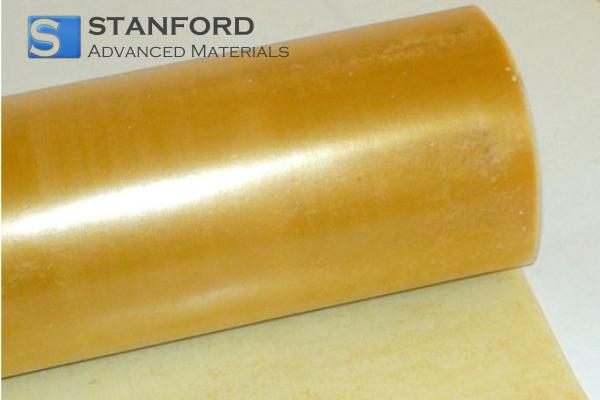
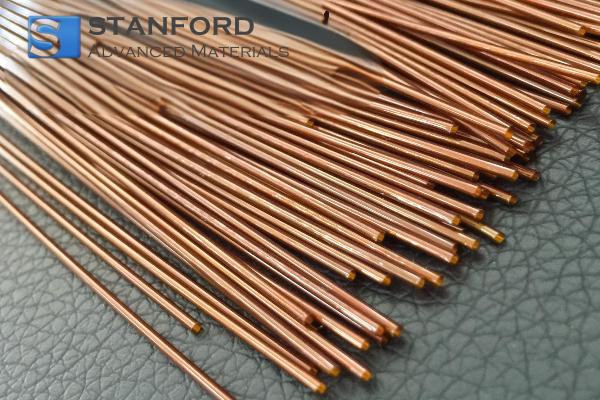
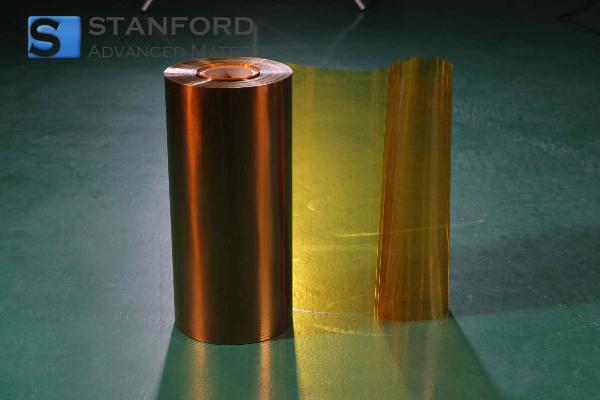
 Chin Trento
Chin Trento

